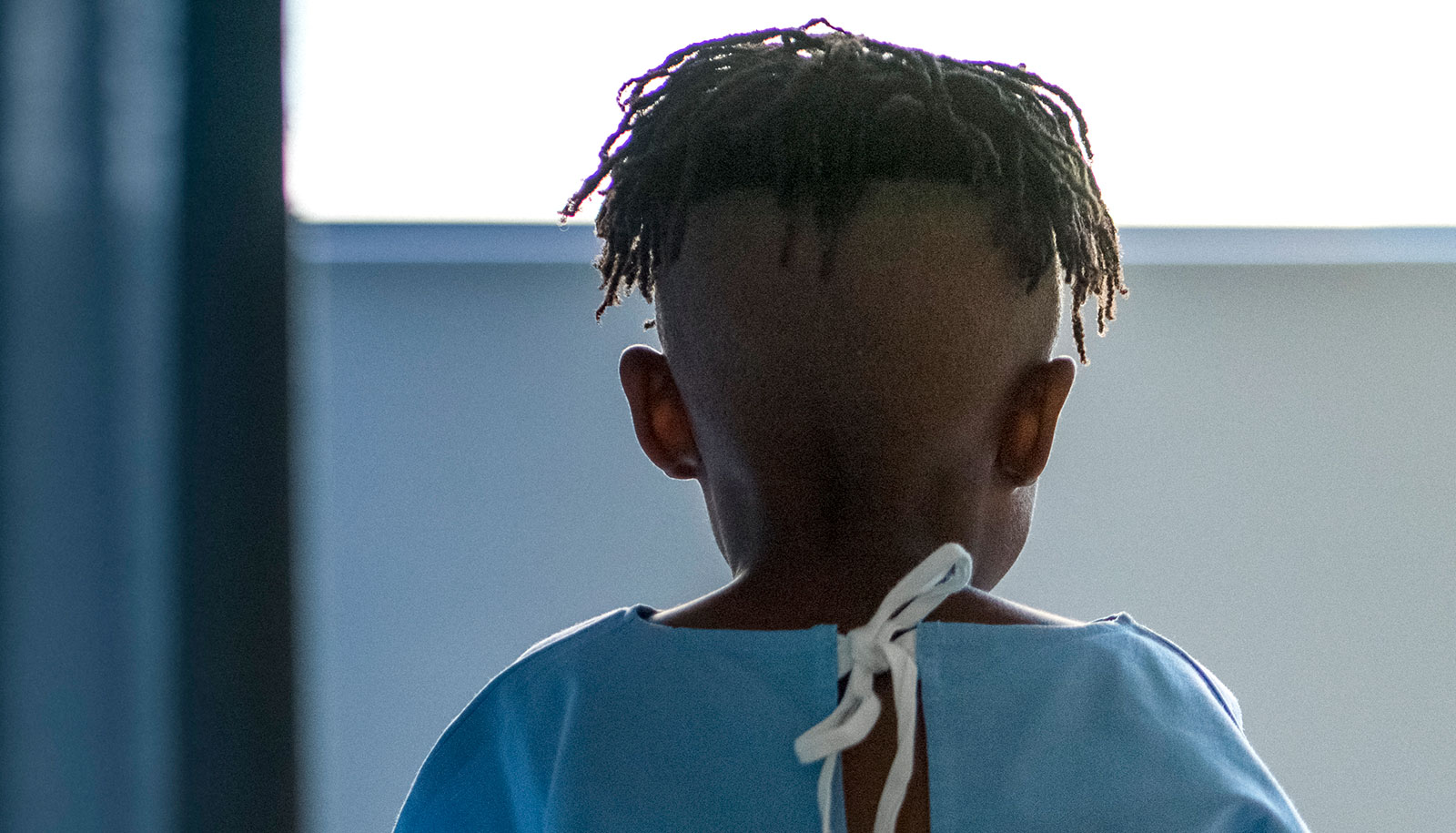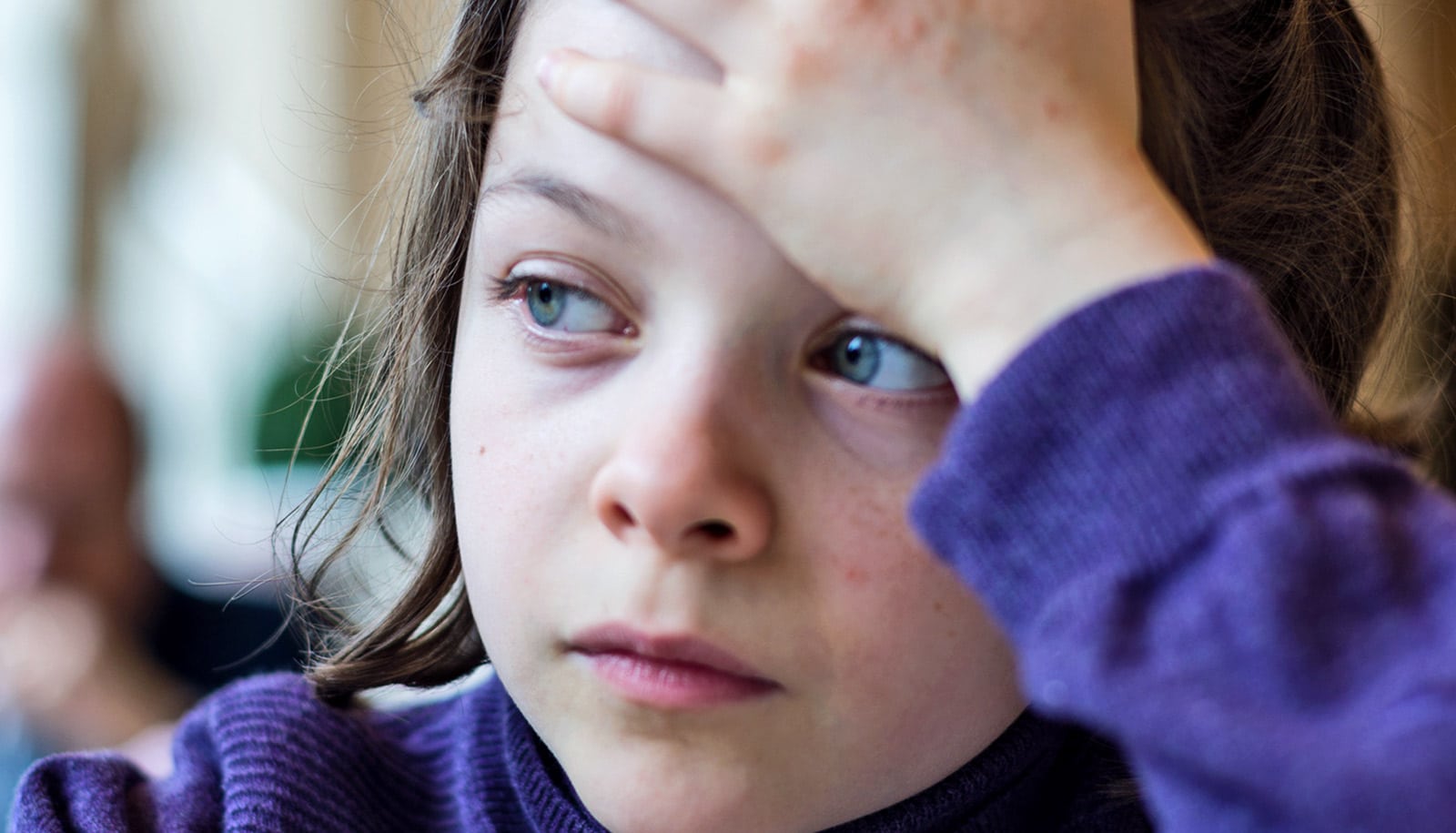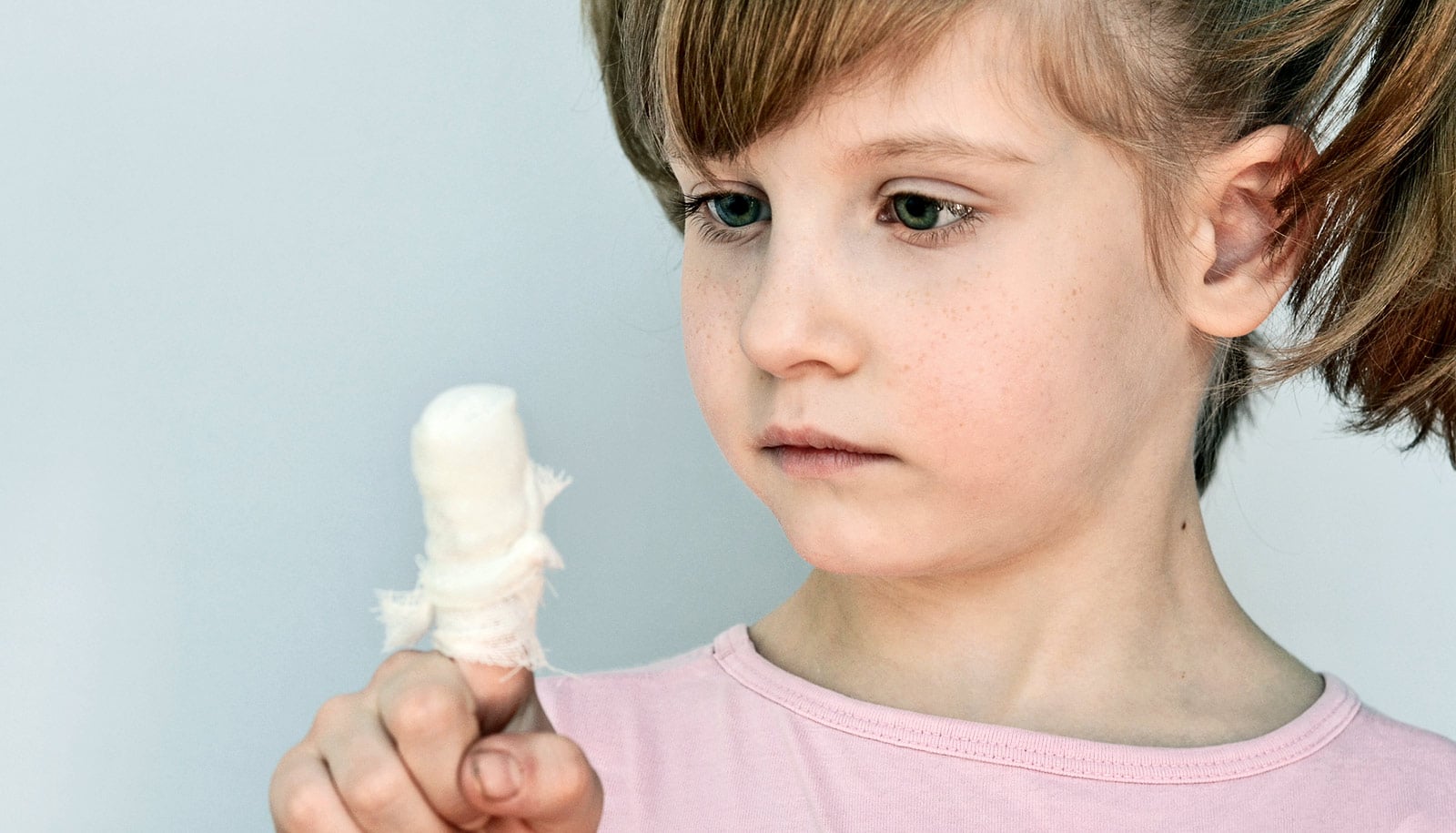Black children are over-reported as suspected victims of child abuse when they have traumatic injuries, even after accounting for poverty, according to new research.
The study, which drew on a national database of nearly 800,000 traumatic injuries in children, also found evidence that injuries in white children are under-reported as suspected abuse.
The study highlights the potential for bias in doctors’ and nurses’ decisions about which injuries should be reported to Child Protective Services, according to the researchers. Medical caregivers are mandated reporters, obligated to report to CPS any situations in which they think children may be victims of abuse.
Because caregivers rarely admit to injuring their children, such reports rely in part on providers’ gut feelings, making them susceptible to unconscious, systemic bias.
Bias can harm both Black and white children, says senior study author Stephanie Chao, assistant professor of surgery at Stanford Medicine.
“If you over-identify cases of suspected child abuse, you’re separating children unnecessarily from their families and creating stress that lasts a lifetime,” Chao says. “But child abuse is extremely deadly, and if you miss one event—maybe a well-to-do Caucasian child where you think, ‘No way’—you may send that child back unprotected to a very dangerous environment. The consequences are really sad and devastating on both sides.”
Child abuse and poverty
Racial disparities in reporting child abuse have been documented before, but prior studies have not controlled well for poverty, which is a risk factor for abuse. Some experts argue that disproportionate reporting of injured Black children as possible abuse victims reflects only that their families tend to have lower incomes, not that medical professionals are subject to bias. Chao’s team wanted to clarify the debate.
The new study drew on data from the National Trauma Data Bank, which is maintained by the American College of Surgeons. The researchers studied records of nearly 800,000 traumatic injuries that occurred in children ages 1 to 17 from 2010 to 2014 and from 2016 to 2017. Of these injuries, 1% were suspected to be caused by abuse, based on medical codes used to report different types of abuse. The researchers controlled their findings for whether children had public or private insurance as a marker for family income.
Suspected victims of child abuse were younger (a median age of 2 versus 10 years), more likely to have public insurance (77% versus 43%), and more likely to be admitted to the intensive care unit (68% versus 48%) than the general population of children with traumatic injuries.
Suspected child abuse victims also were 10 times as likely as the general population of children with traumatic injuries to die of their injuries in the hospital, with 8.2% of suspected abuse victims versus 0.84% of all children with traumatic injuries dying during hospitalization.
Similar proportions of children in the suspected child abuse group and in the general population of injured children were of Asian, Native Hawaiian/Pacific Islander, American Indian, and “other” races, and similar proportions of both groups were of Hispanic or Latino ethnicity.
However, Black patients were over-represented among suspected child abuse victims, comprising 33% of suspected child abuse victims and 18% of the general population of injured children. White children comprised 51% of suspected child abuse victims and 66% of the general population of injured children.
“Even when we control for income—in this case, via insurance type—African American children are still significantly over-represented as suspected victims of child abuse,” says Chao. “In addition, they were reported with lower injury severity scores, meaning there was more suspicion for children with less-severe injuries in one particular racial group.”
In general, the researchers found medical professionals had a higher threshold for suspecting white families of abuse and a lower threshold for suspecting Black families. For example, white children in the suspected abuse group were more likely than Black children to have worse injuries, and they were more likely to have been admitted to the intensive care unit.
Dire consequences of getting it wrong
Chao and her colleagues are designing more equitable ways to screen injured children for possible abuse. An important element, she says, is to make the screening universal so evaluation for possible abuse is not initiated primarily by medical providers’ gut feelings.
Chao created a universal screening system, in use at Stanford Medicine Children’s Health since 2019, in which every time a child younger than 6 years old is evaluated for an injury sustained in a private home, the electronic medical record automatically sends an alert to the organization’s child abuse team.
Composed of pediatricians and social workers with specialized training in abuse detection, the team checks the medical record for other indications of abuse. In most cases, no such signals are found, and the entire process occurs behind the scenes. However, if the medical record shows any red flags, the medical staff who admitted the patient to the emergency department or hospital can be alerted for further consideration of whether further work-up or a CPS report is warranted.
Chao is also now working with Epic, the nation’s largest electronic medical record company, to include an automated child abuse screening tool in its system. The screening tool will be tested at several medical institutions later this year.
Chao hopes the work will improve the accuracy of CPS reports, especially when it comes to reducing the impact of medical providers’ unconscious bias.
“Everyone means well here, but the consequences of getting these reports wrong are pretty dire in either direction,” she says. “If we don’t recognize bias and always chalk it up to something else, we can’t fix the problem in a thoughtful way. Now, I hope we can recognize it and work toward a solution.”
The study appears in the Journal of Pediatric Surgery.
The National Center for Advancing Translational Sciences funded the work.
Source: Stanford University


